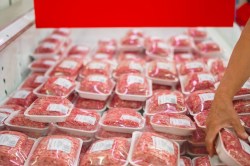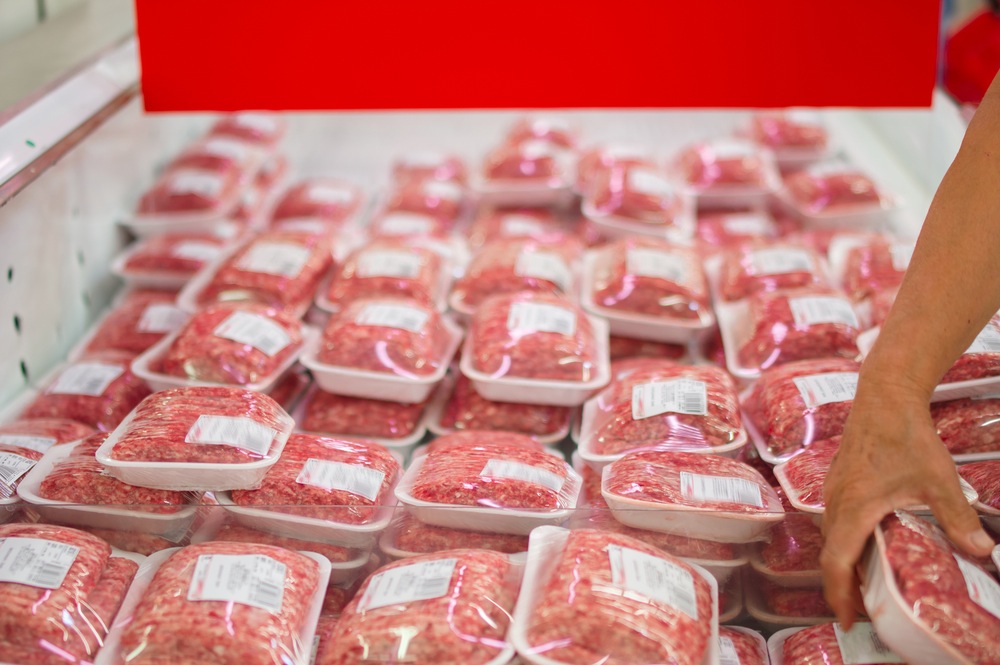
ShutterstockWhere did it come from?
Multinational meat medley, anybody?
Industry groups are suing the U.S. government because they don’t want to have to tell you the origins of your meat.
The U.S. Department of Agriculture implemented new rules in May that require packages of meat to be sold with labels that identify the country in which the animal was born, raised, and slaughtered. The rules also outlaw the mixing of cuts of meat from different countries in the same package. That pleased food-safety advocates, environmentalists, and some farmers.
But it angered large meat importers and producers and grocery chains. On Tuesday, some of those groups announced they were suing to have the rules overturned. From the AP:
The American Meat Institute, a trade group for packers, processors, and suppliers, and seven other groups said segregating the meat is not part of the law Congress passed and the USDA is overstepping its authority. They also claim the rule will be costly to implement and that it offers no food safety or public health benefit.
“Segregating and tracking animals according to the countries where production steps occurred and detailing that information on a label may be a bureaucrat’s paperwork fantasy, but the labels that result will serve only to confuse consumers, raise the prices they pay, and put some producers and meat and poultry companies out of business in the process,” Mark Dopp, an AMI executive, said in a statement.
The USDA says the country of original labeling, known as COOL, will help consumers make informed decisions about the food they buy. …
Other advocates of the new rule say segregating meat will help if a food safety issue develops.
So enjoy knowing where your grocery-story beef comes from, while you can. It might soon return to being mystery meat.



